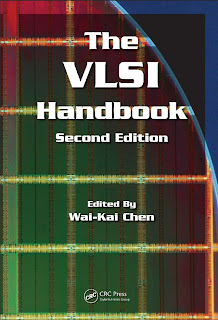McGraw-Hill Professional, 2003 - Computers - 460 pages
There are over 350,000 electrical and electronics engineers, and hundreds of thousands more electronics technicians and hobbyists. With the addition of so many communications topics into EE programs in the past 5 years, fundamentals of digital design have been abandoned for briefer, overview courses, leaving many newly-minted EEs undereducated in what should be one of their core competencies. In order to design and implement digital systems, one must understand and navigate many components, architectures, and practices which are painfully inter-dependent. This book will allow the reader faced with a design problem to develop a customized set of requirements for that problem, then research and evaluate available components and technologies to solve it.
Categories: ELECTRONICS, DIGITAL ELECTRONICS
Download Here














